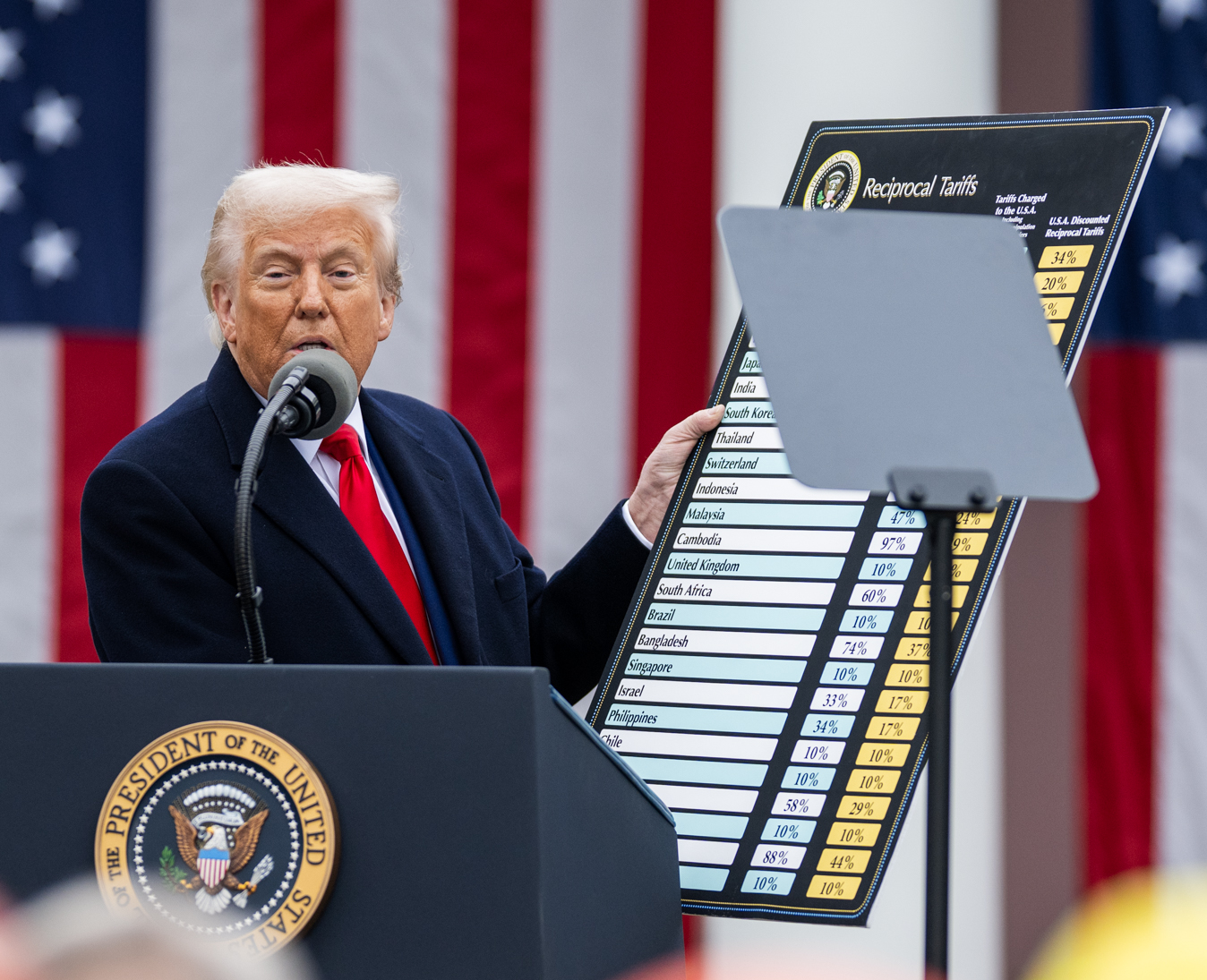A Trade Policy That Still Dominates Conversations
When Donald Trump took office in January 2017, few anticipated the seismic shifts he would bring to U.S. trade policy. His administration’s implementation of tariffs, particularly on steel and aluminum, marked a departure from decades of free trade norms. As the dust settles, a critical examination of the long-term impacts reveals both challenges and unexpected benefits for various sectors.
What Are Trump Tariffs?
Trump tariffs refer to the series of duties imposed on imports with a primary aim to protect American industries from foreign competition. Most notable were the tariffs on Chinese goods, which encompassed thousands of products and aimed to address what the administration labeled unfair trade practices, intellectual property theft, and trade imbalances. The tariffs started with 25% on steel and 10% on aluminum and eventually escalated to cover over $370 billion in imports from China alone.
Economic Consequences: A Mixed Bag
The economic fallout from these tariffs has stirred debate. On one hand, the tariffs have reportedly helped some U.S. manufacturers regain market share and stabilize domestic production. For instance, according to a report from the Economic Policy Institute, the U.S. steel industry saw employment gains of up to 30% in specific locations post-tariff implementation.
However, the tariffs also sparked countermeasures from affected countries, particularly China, which retaliated with its own tariffs. This tit-for-tat strategy hurt U.S. agricultural exports, leading to significant losses for American farmers. As the American Farm Bureau Federation noted, “These tariffs have put immense pressure on farmers who now face limited options and mounting debt.”
Public Sentiment: A Divided Nation
Public opinion surrounding the TRUMP tariffs has largely mirrored the political divide in America. While some view them as a necessary step for revitalizing the U.S. manufacturing sector, others criticize them as a misguided policy that ultimately raises costs for consumers. A recent poll by the Pew Research Center highlighted that 57% of Americans believe tariffs raise prices on everyday goods, signaling a growing concern among consumers.
Expert Opinions: Shades of Gray
Economists remain split on the overall effectiveness of Trump tariffs. “While they have certainly created short-term protections for some industries, the broader implications for inflation and consumer spending cannot be overlooked,” says Dr. Sandra Lee, an economist at the University of Michigan. “The challenge lies in balancing the benefits to specific sectors with the consequences for overall economic health.”
Looking Ahead: The Future of U.S. Trade Policy
As trade conversations continue under the Biden administration, the legacy of Trump tariffs will likely play an essential role in shaping future policies. Many view tariffs as temporary measures, while others advocate for their continuation as part of a strategy to rebuild American manufacturing.
What remains clear is that no matter the political winds, the discussion surrounding trade, tariffs, and their consequences will persist, reflecting a nation grappling with identity, globalization, and economic power.
